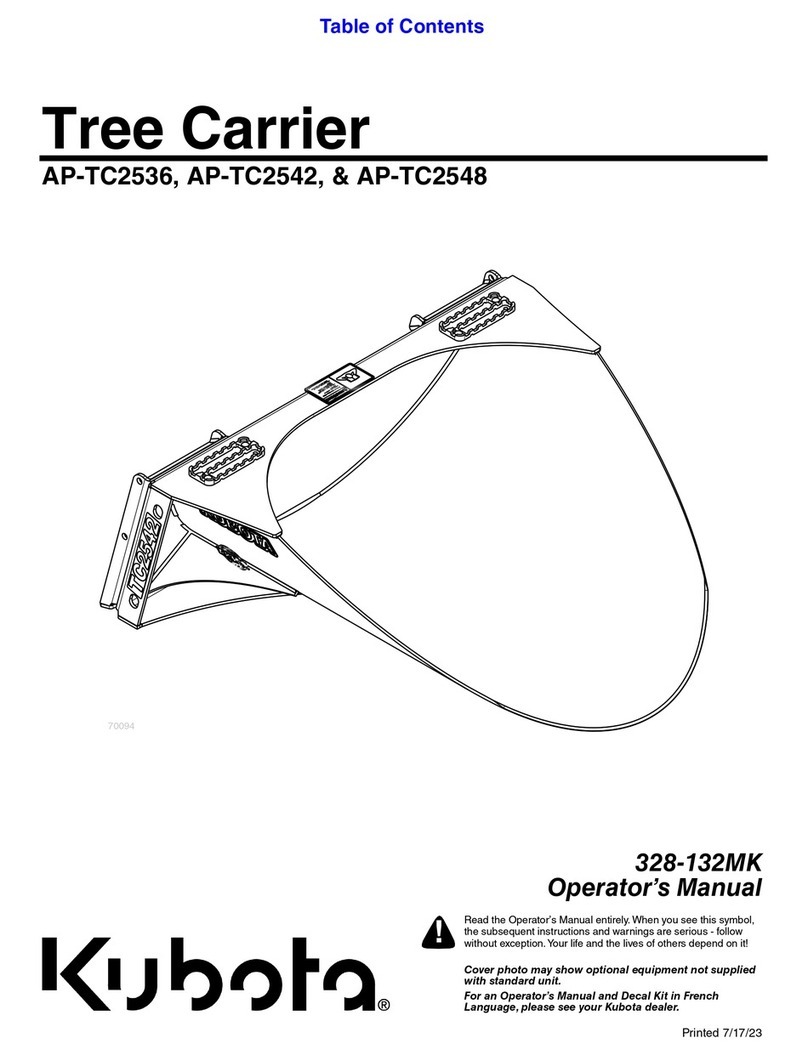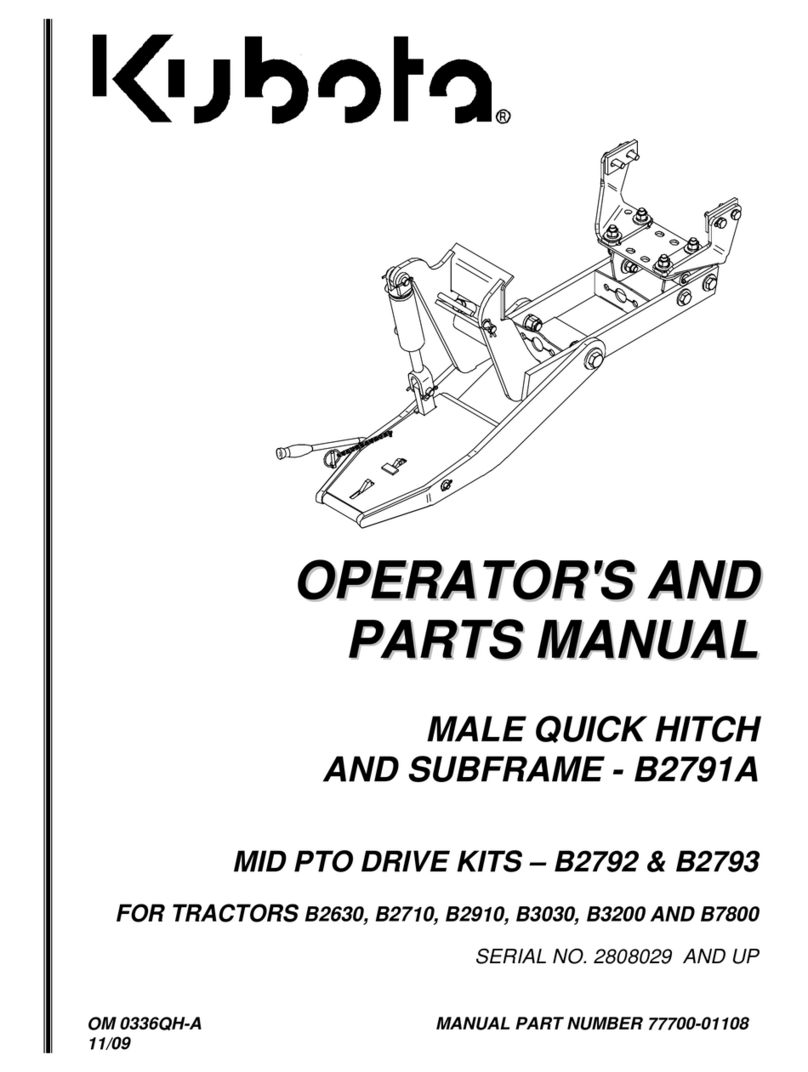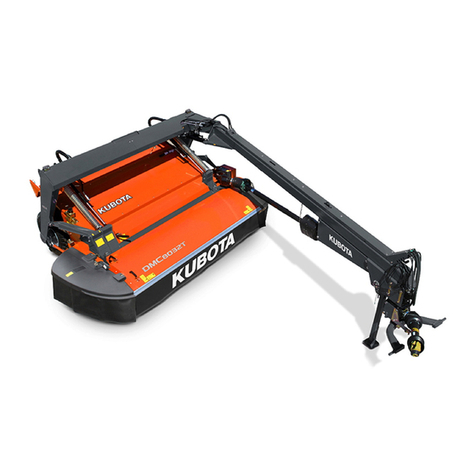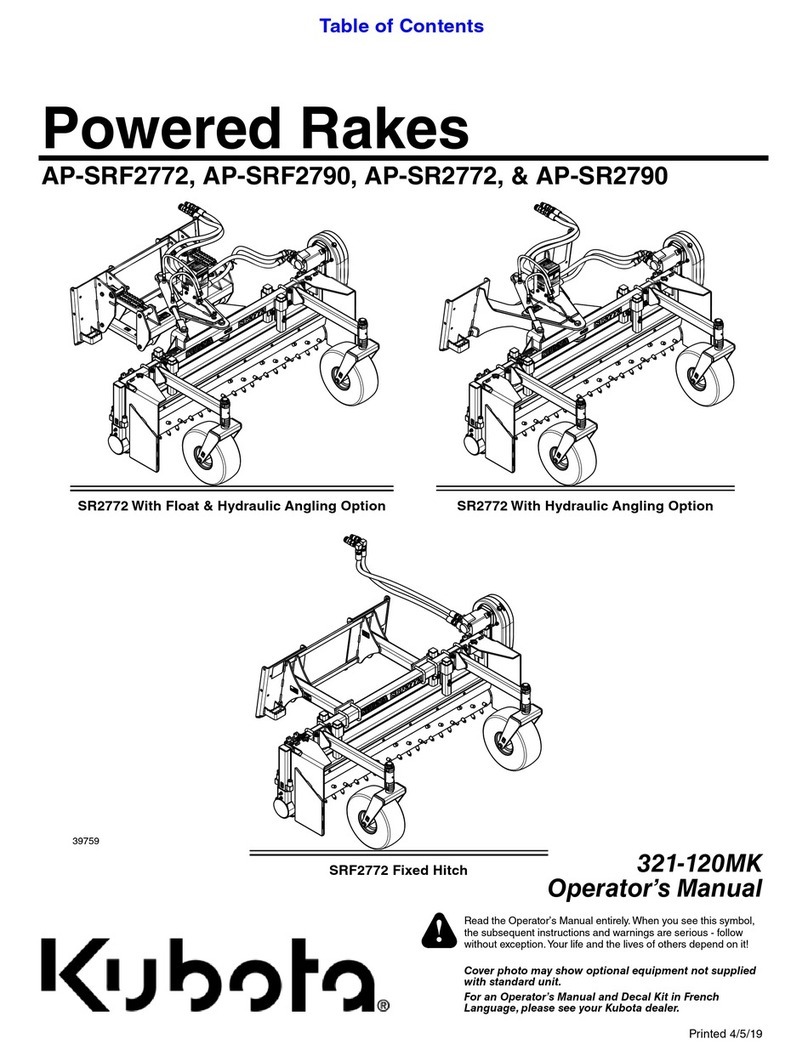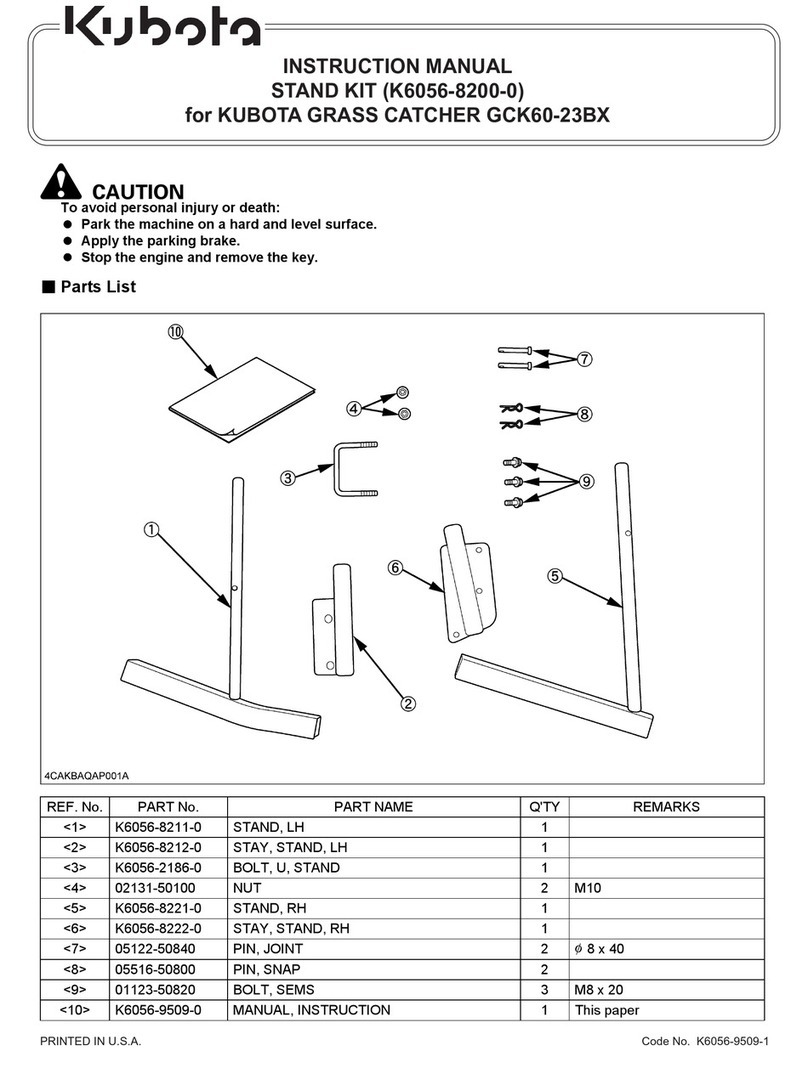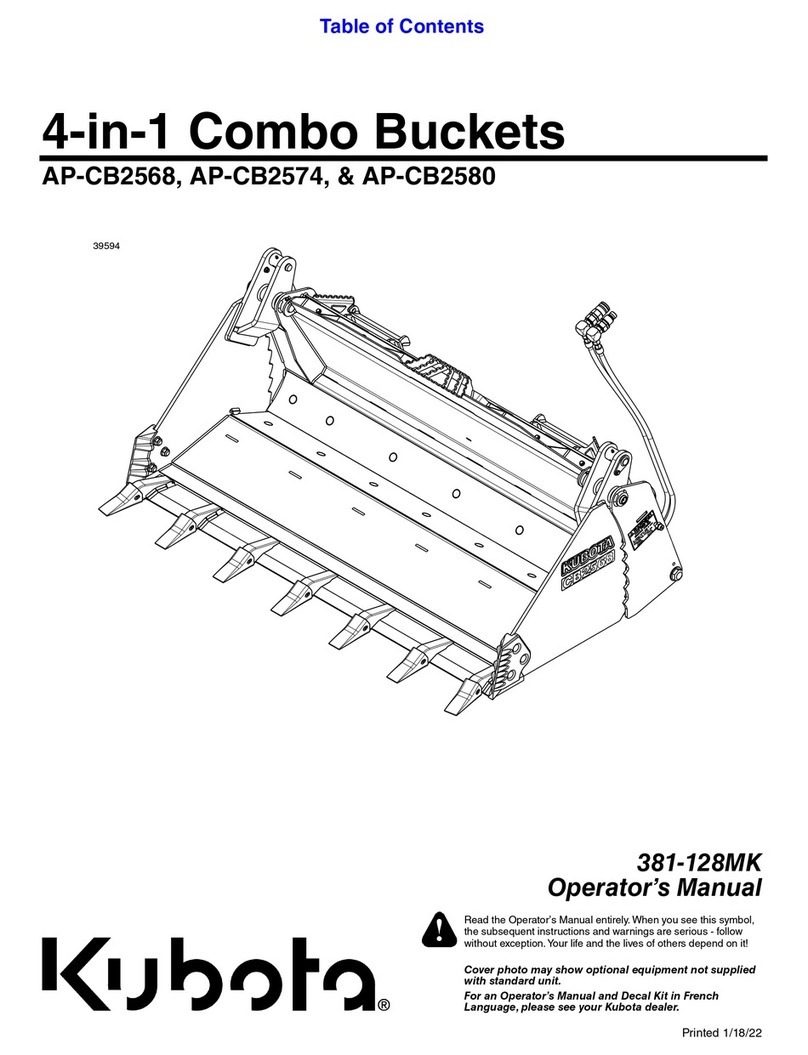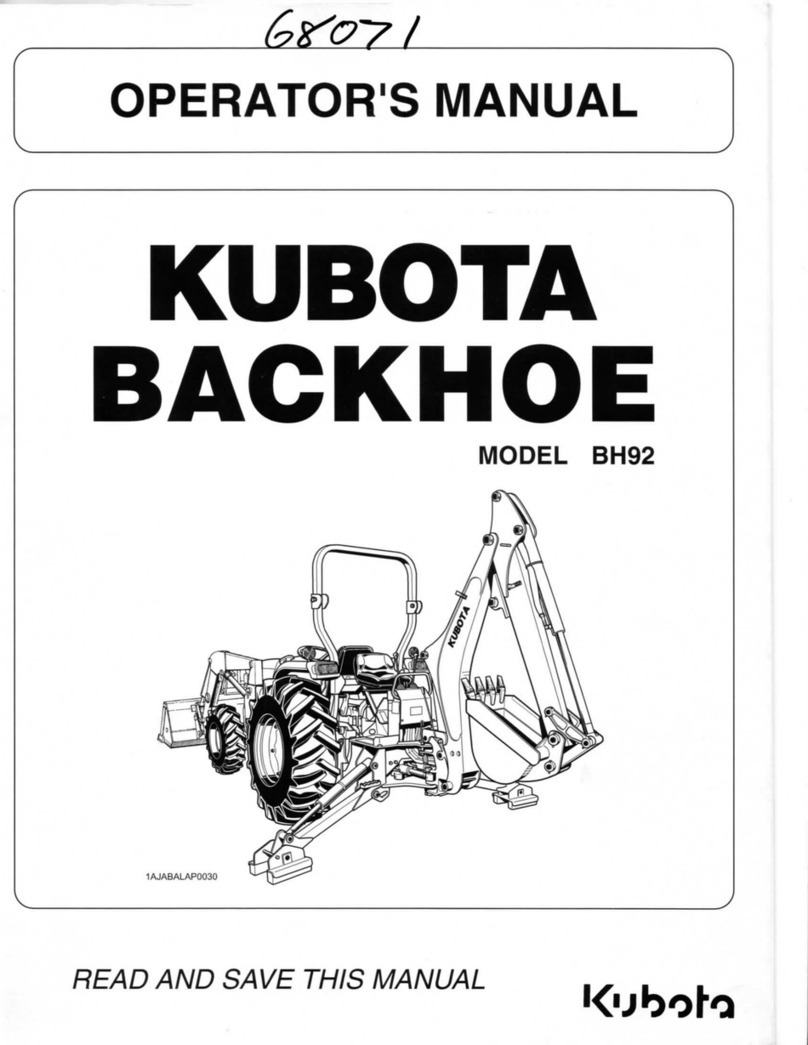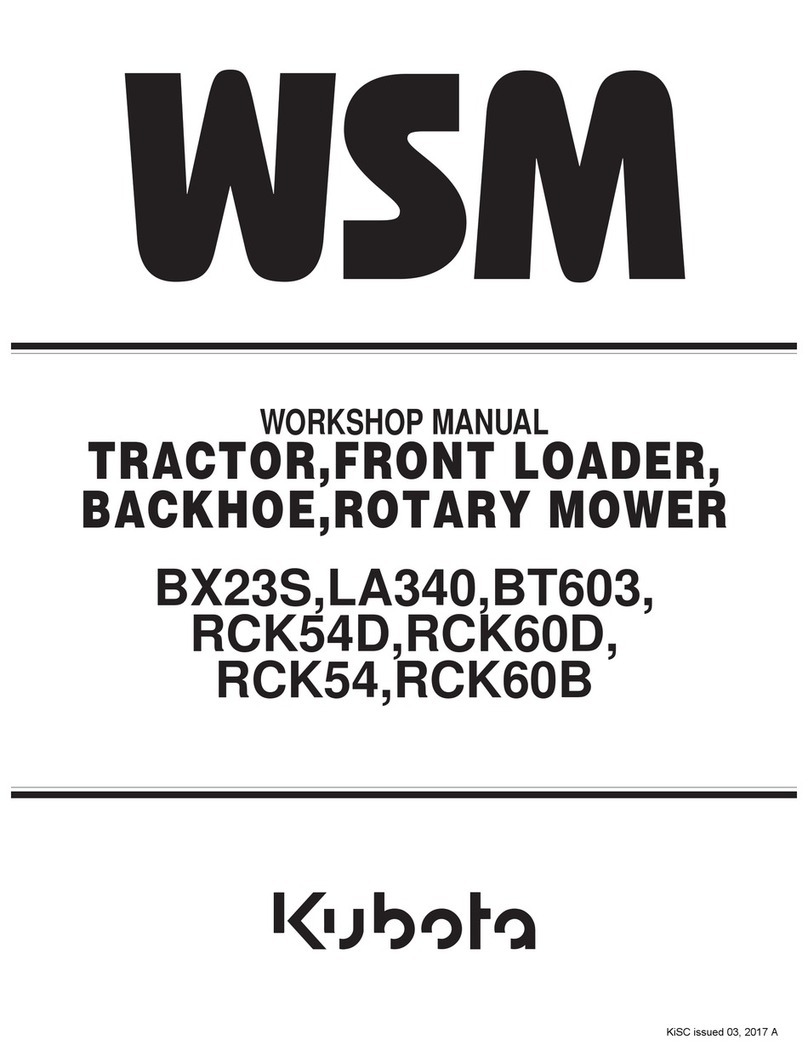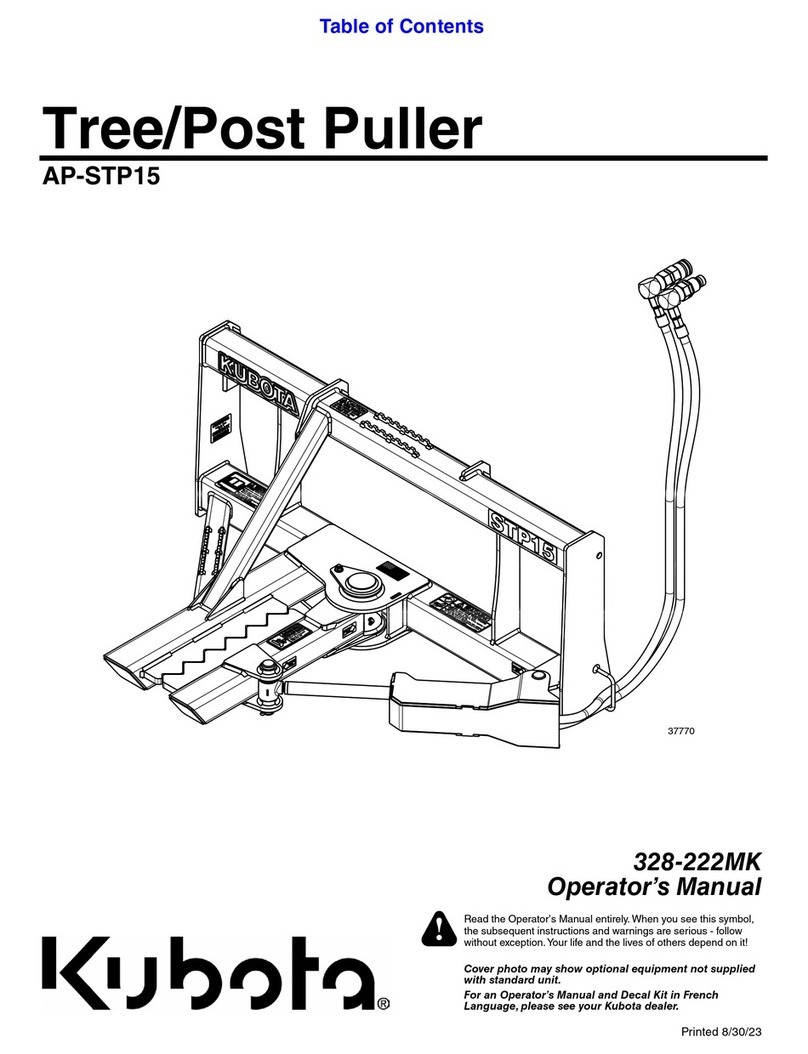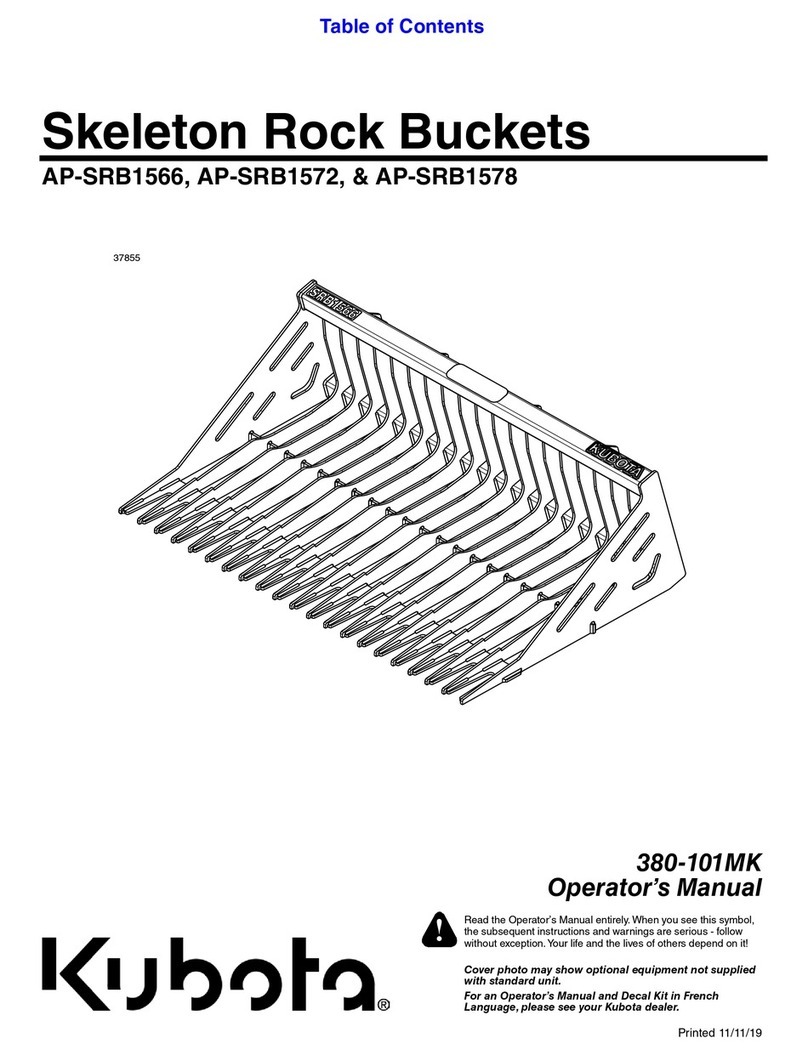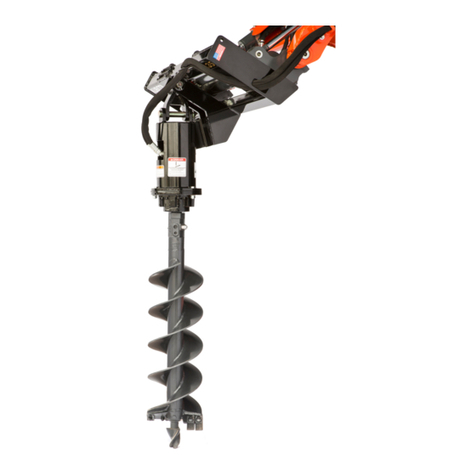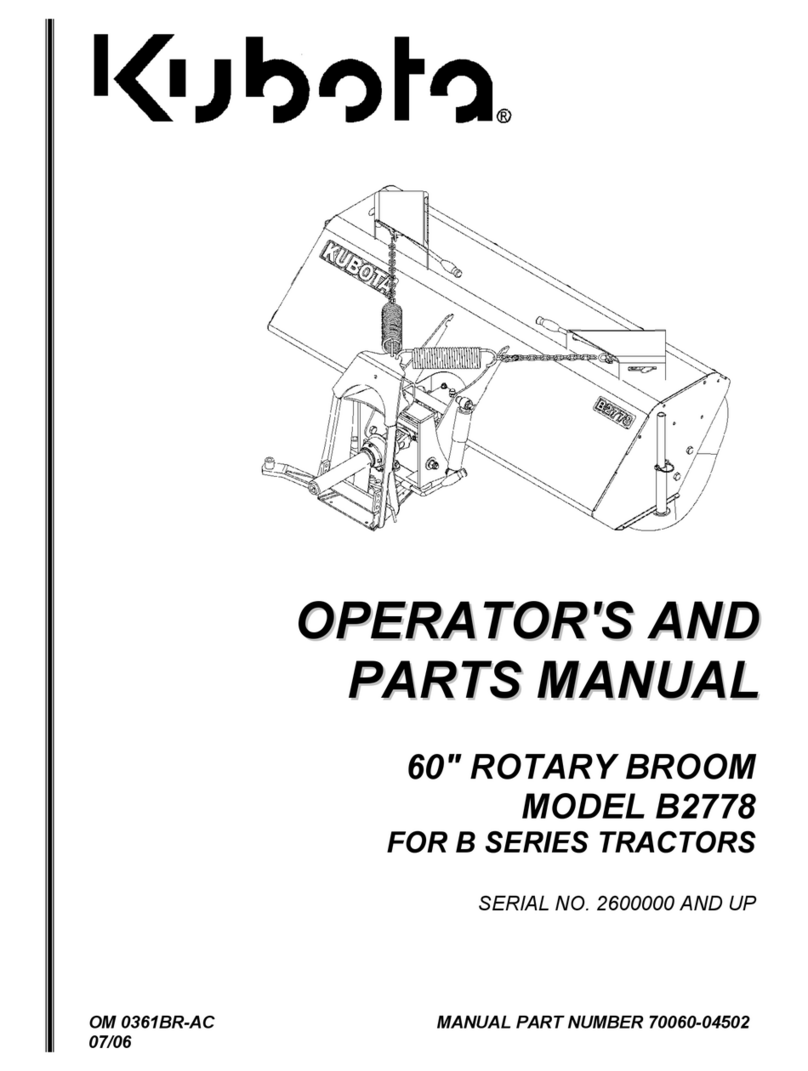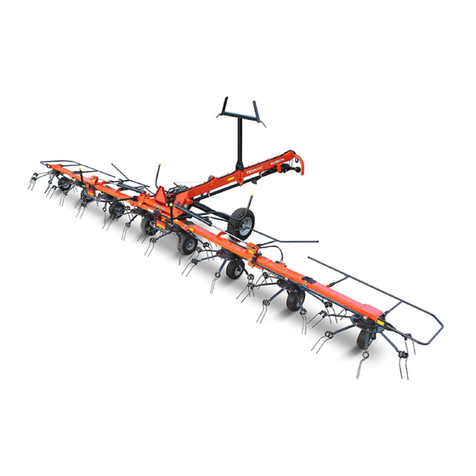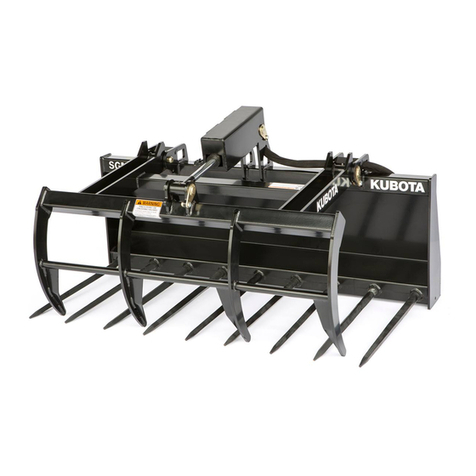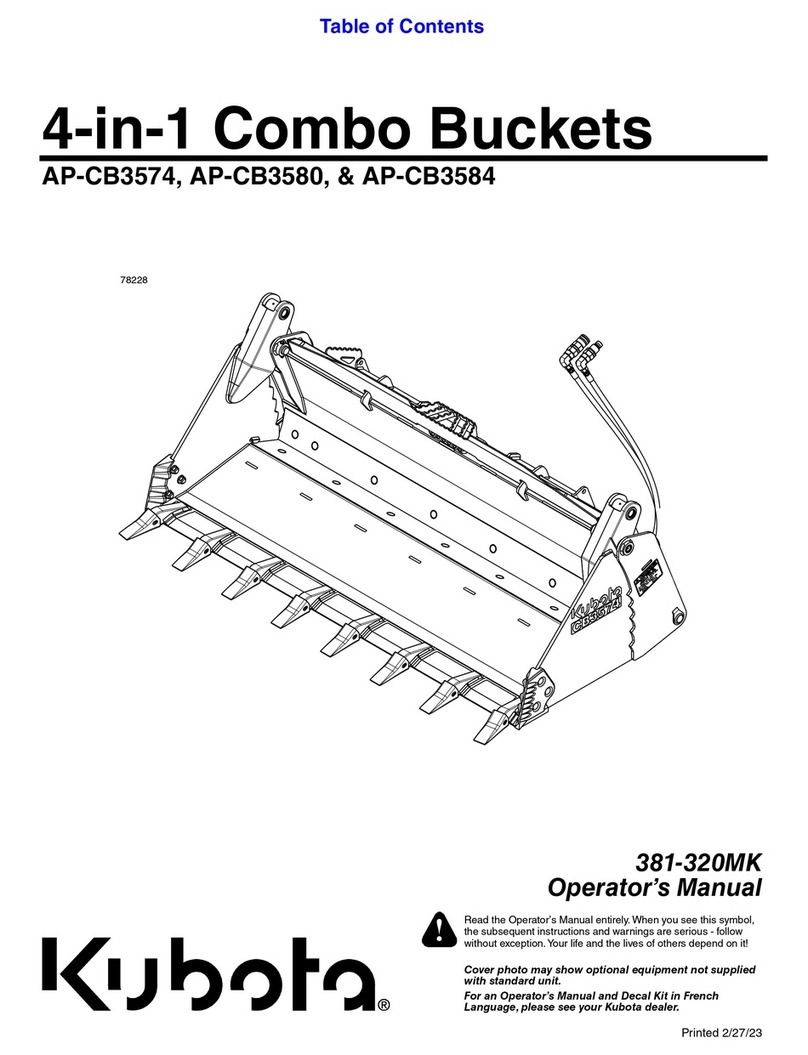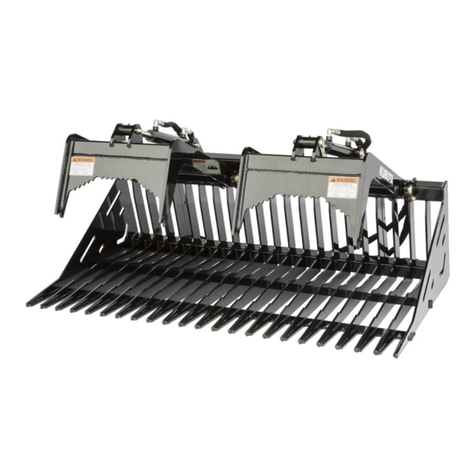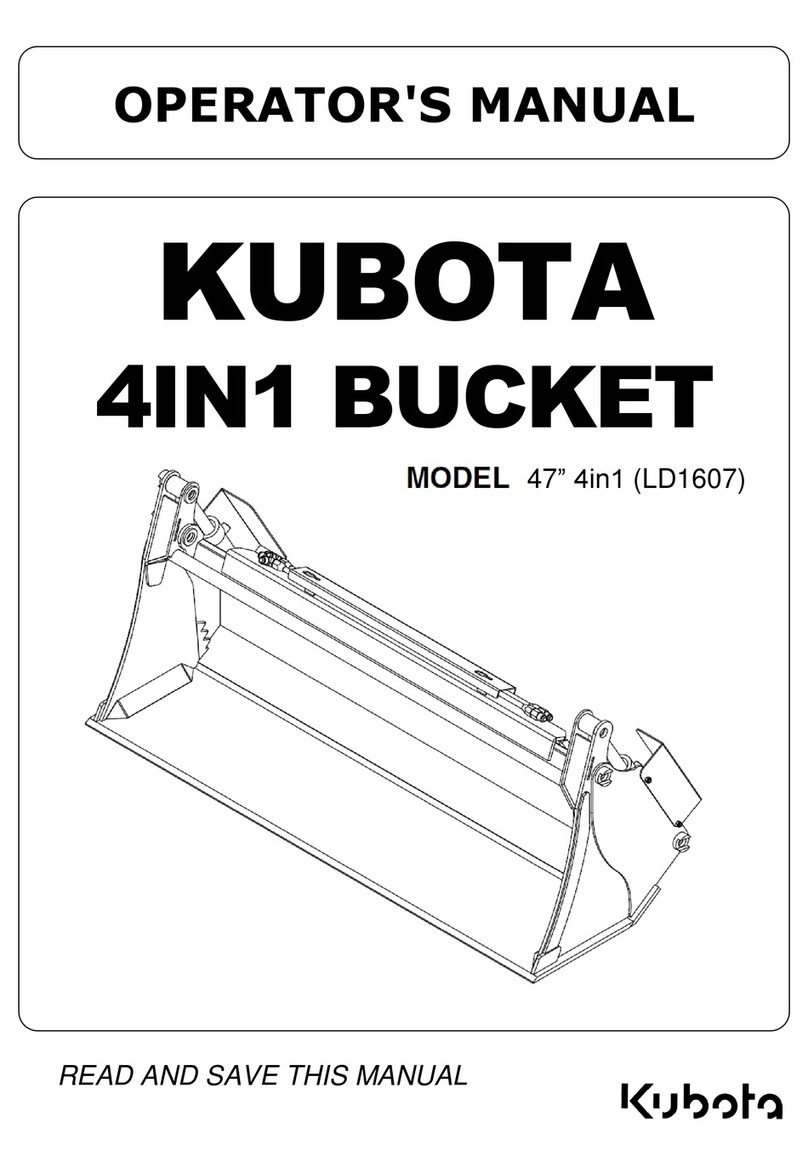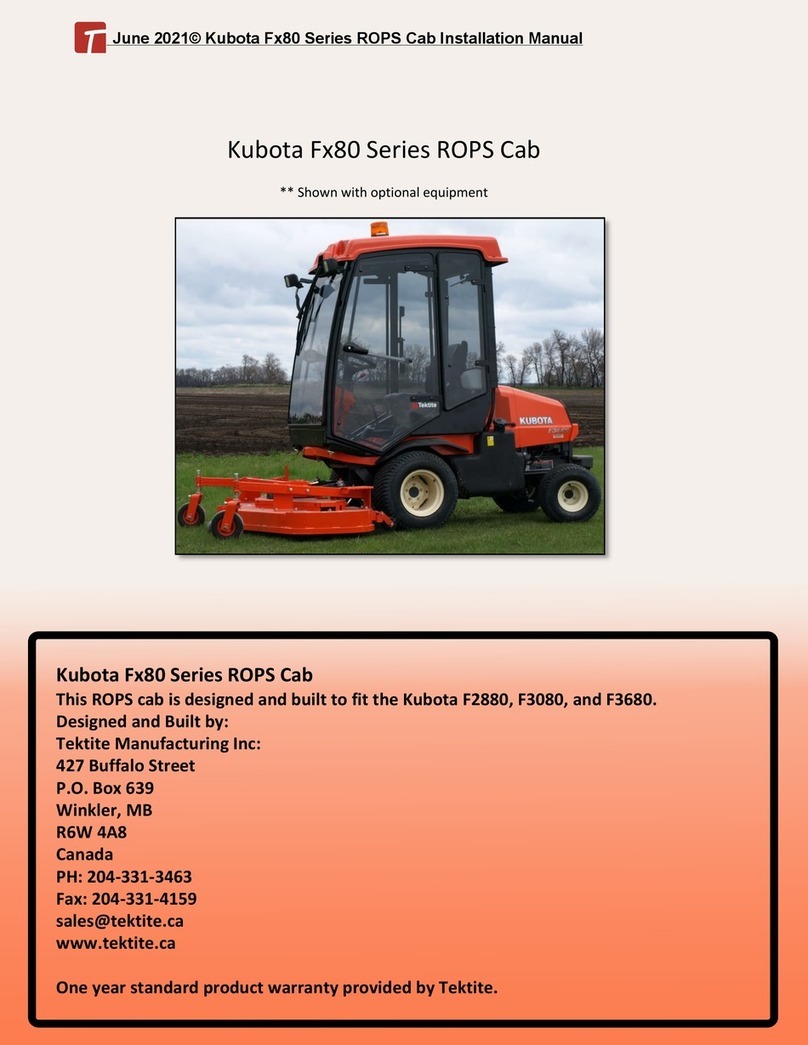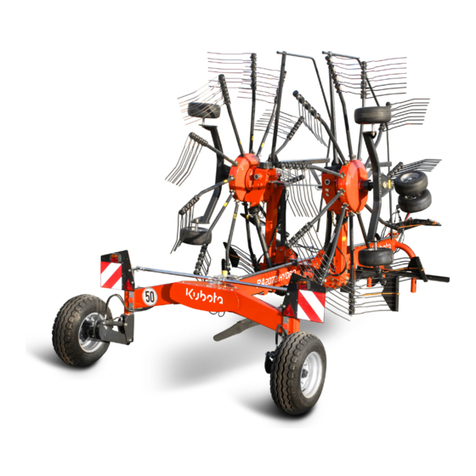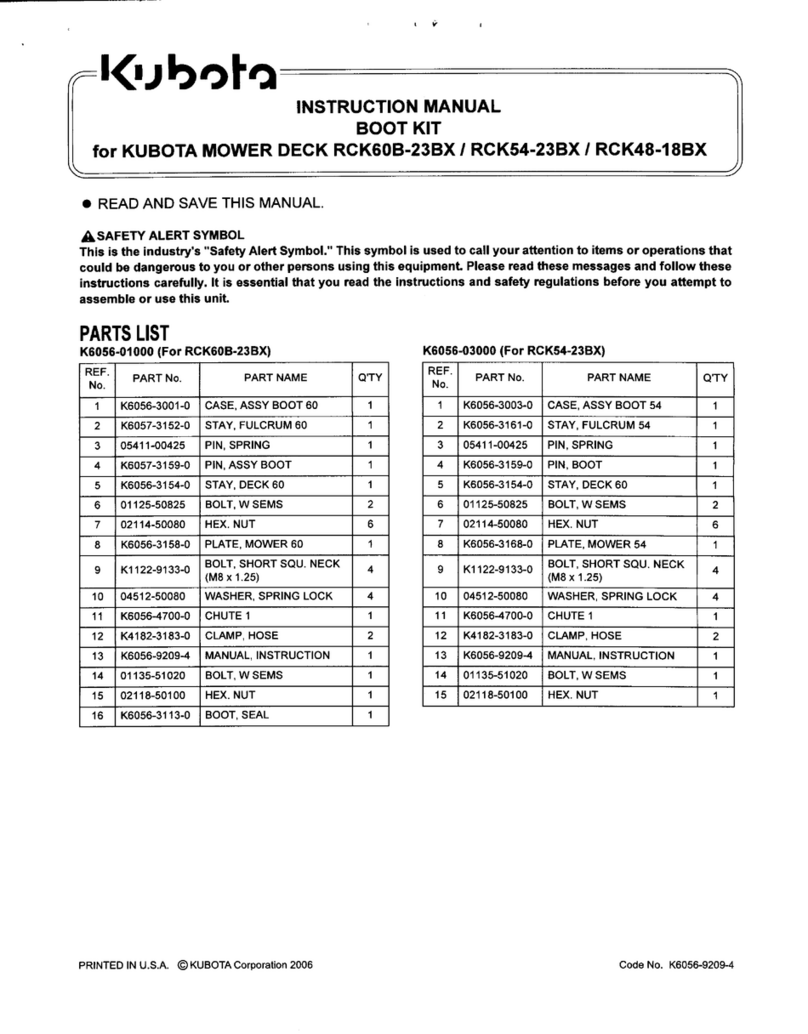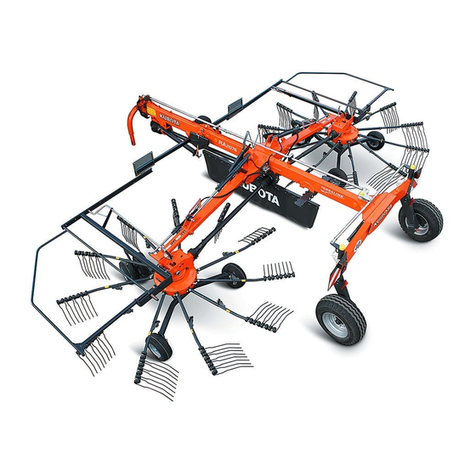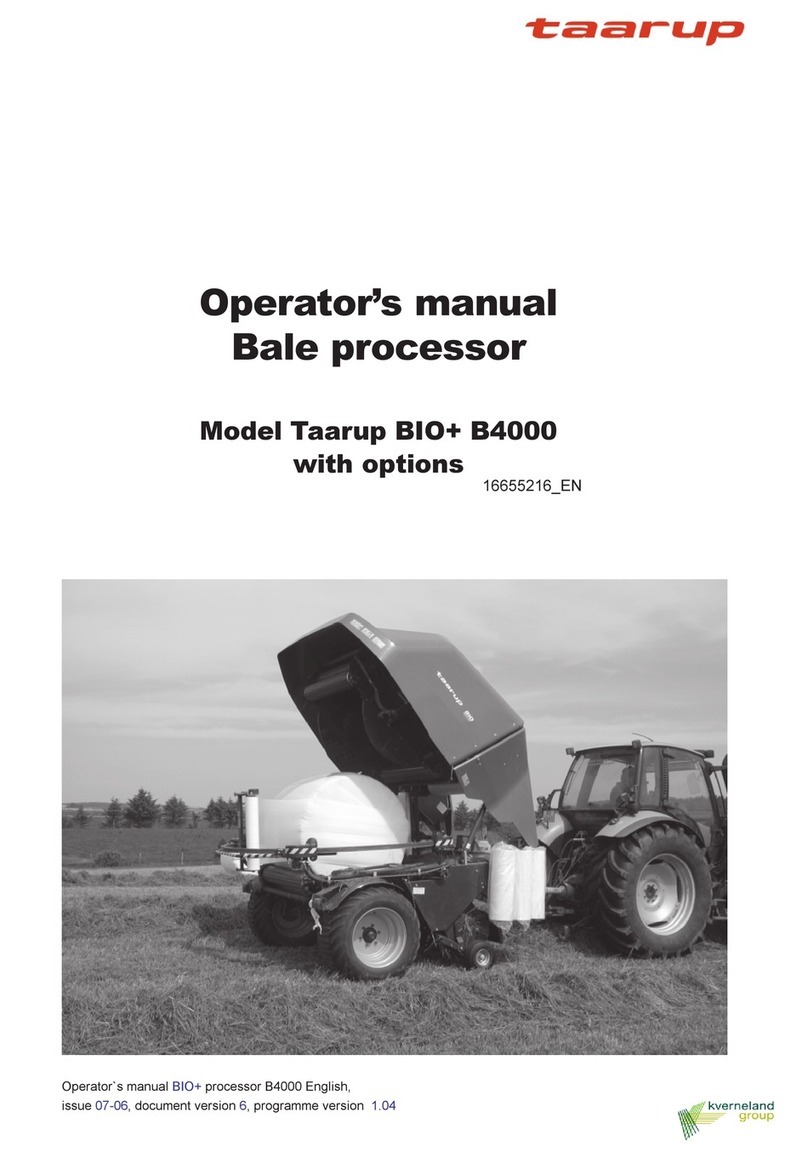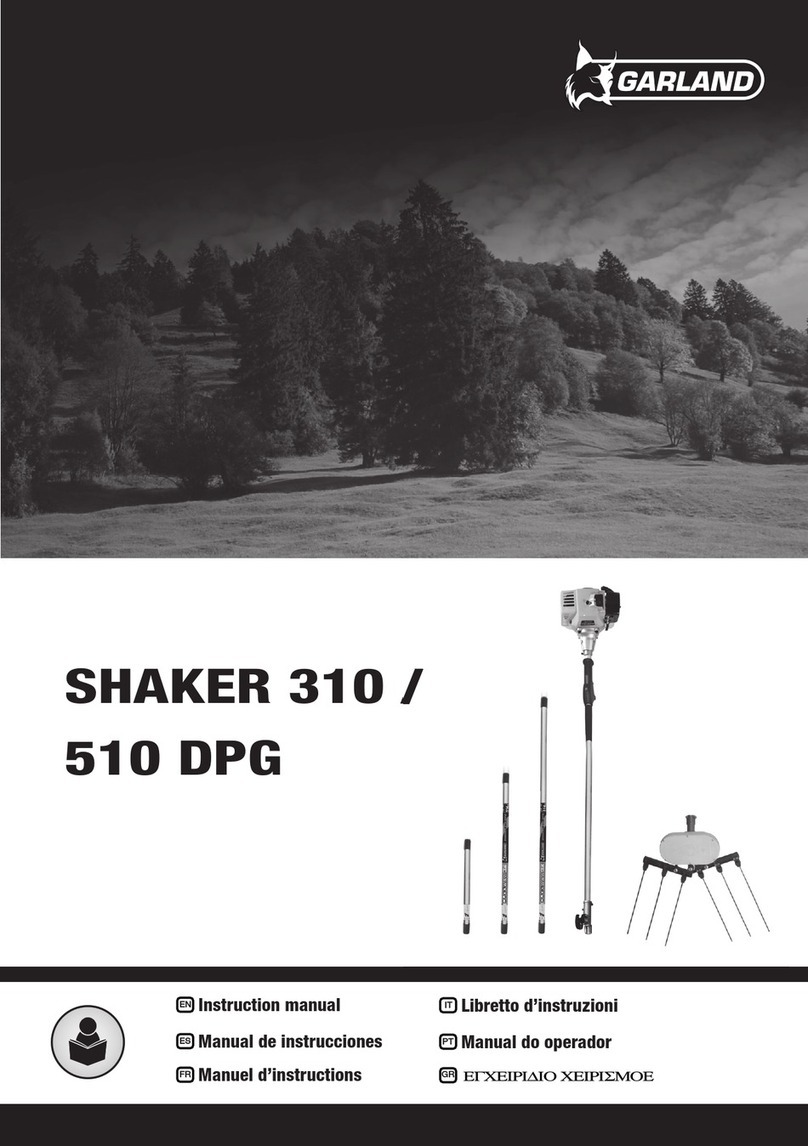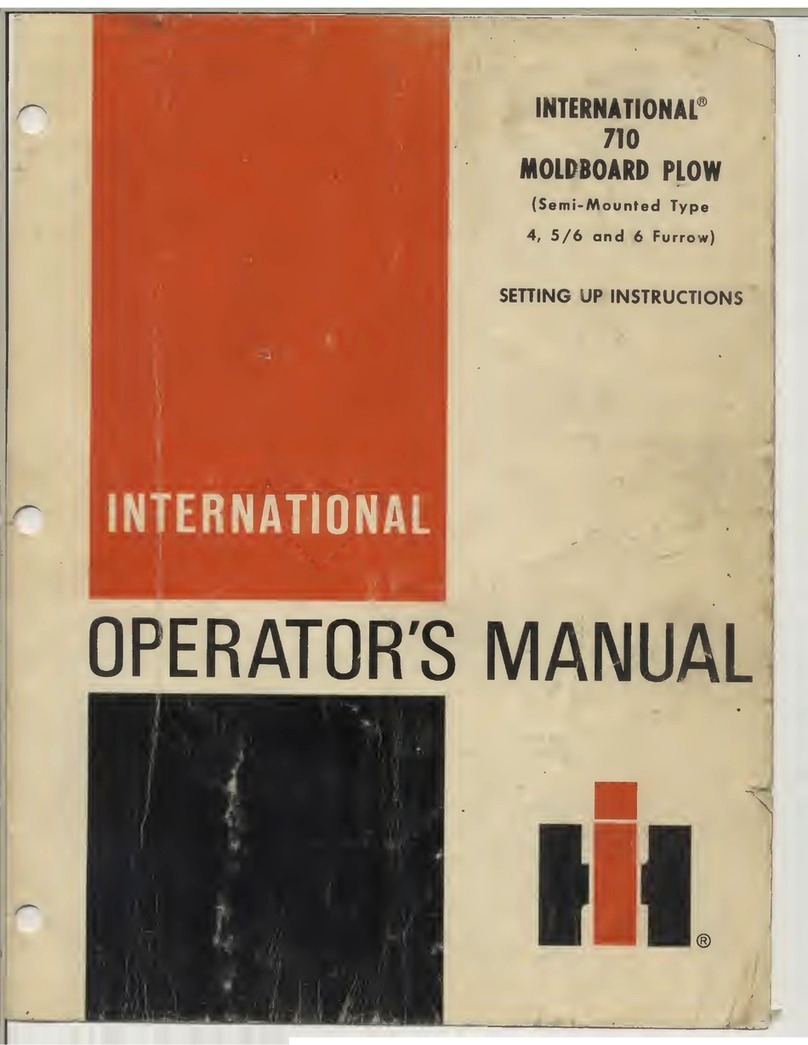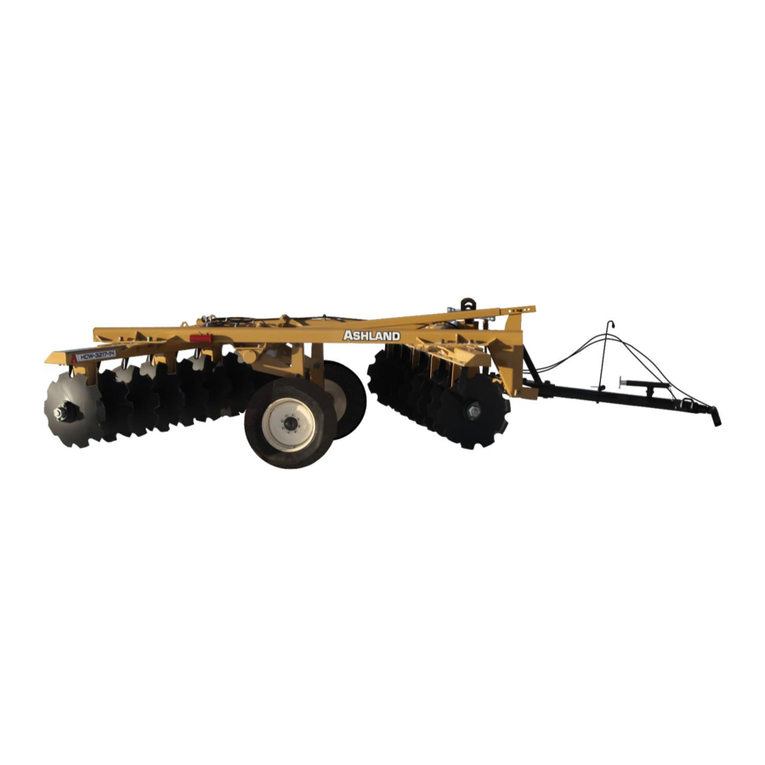
Table of contents
3
Table of contents
Preface ....................................................... 4
Target group for this operator’s manual 4
Symbols used 5
Safety ......................................................... 7
For your safety 8
Who is allowed to operate the machine? 16
General
safety information 16
Coupling 19
Hydraulics 20
Road transport 21
Operation 22
Uncoupling 23
Care and maintenance 24
Further regulations 25
Getting to know the machine .................. 27
Range of application 27
Features 27
Designation of components 28
Technical specifications 29
Delivery and assembly ............................. 33
Checking the scope of delivery 33
Length of PTO shaft 34
Coupling the machine .............................. 36
Safety 36
General 36
Coupling the machine 37
Connecting the hydraulics 41
Preparing for use ...................................... 43
Safety 43
General 44
Folding the machine into the work position 44
Road transport .......................................... 46
Safety 46
General 47
Prior to road transport 47
Folding the machine into the transport position
48
Road transport 49
Preparations on the field ......................... 50
Safety 50
General 50
Folding the machine into the work position 51
Operation ................................................... 52
Safety 52
Crop processing 53
Use 54
Cleaning and care ..................................... 56
Safety 56
General 57
Cleaning 57
Care 57
Parking and storage .................................. 58
Safety 58
General 59
Uncoupling the machine 60
After the end of the season 60
Maintenance ............................................... 61
Safety 61
General 62
Screwed connections 65
Lubrication points for grease lubrication 67
Lubrication points for oil lubrication 68
Filling quantities 69
Lubricating the PTO shafts 70
Tyres 71
Hydraulics 72
Accessories ............................................... 73
Accessories 73
Fault elimination ........................................ 74
Troubleshooting 74
Circuit diagrams ........................................ 75
Hydraulic diagram 75
Decommissioning ..................................... 76
Environment 76
Index ........................................................... 77
